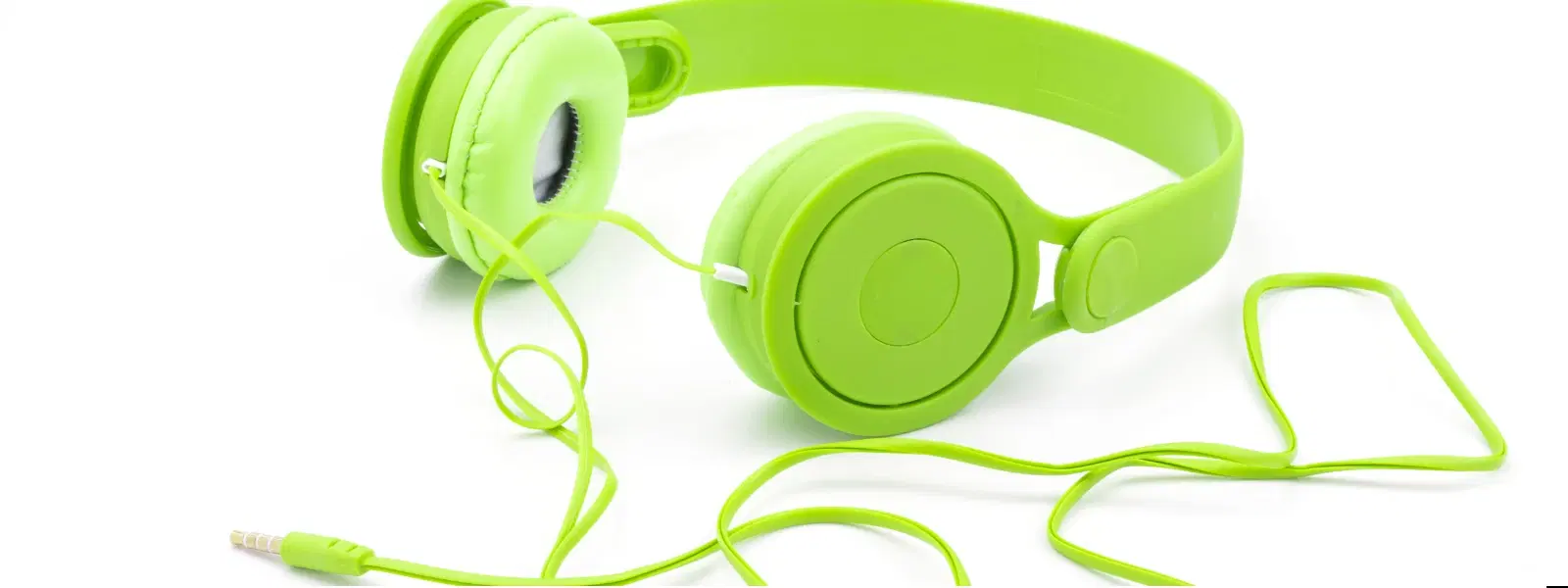
Consumer Electronics
•03 min read
In today’s digital era, headphones have become an integral part of our daily lives. With over 70% of urban professionals and students using headphones for work, music, and virtual meetings, the question remains: are headphones harmful? This post delves into essential guidelines and practical tips to ensure headphone safety, protecting your hearing while staying connected to your digital world.
Headphones, when used improperly, can pose several risks. The effects of headphones are evident in instances of prolonged exposure to high volumes, which may result in hearing loss and other complications. Current research highlights that extended headphone use with inadequate volume control can overburden your auditory system. Experts warn about various headphone health risks, confirming that the headphone usage impact is significant if safety precautions are not followed. Studies from reputable medical sources suggest that frequent exposure to loud sounds can cause progressive damage, reinforcing the need for safe headphone practices.
Recognising the signs of overuse is essential in preventing long-term damage. While enjoying your favourite tunes or catching up on podcasts, be mindful of the symptoms that may signal a problem:
Headphone hearing loss: Gradual decrease in the ability to hear softer sounds, often unnoticed until damage is advanced.
Ear damage from headphones: Experiencing ringing in the ears, commonly known as tinnitus, or even sporadic ear pain.
Other headphone side effects: Occasional headaches or mild ear infections may also indicate that your ears are not receiving enough rest from loud sounds.
Implementing a few simple habits can make a significant difference when it comes to protecting your hearing:
It is important to adopt these best practices to ensure safe usage:
Safe headphone volume: Keep your volume at a moderate level. Experts advise listening at 60% of maximum volume and limiting use to 60 minutes of continuous play.
Breaks and rest: Regular periods of rest can give your ears time to recover. A short break after every hour of use is highly beneficial.
Choosing the right headphones: Opt for models that are specifically designed with built-in safety features such as noise-cancelling technology and volume limiters. These features significantly reduce ambient noise interference and encourage lower volume settings.
Did You Know? Regular short breaks not only improve audio performance but also help prevent long-term hearing damage. This simple habit can protect your ears and enhance sound quality over time.
Beyond following immediate usage guidelines, long-term hearing protection strategies are essential. One effective way is to protect hearing with headphones is to consistently monitor your exposure to loud sounds. In noisy environments, consider using additional hearing protection to lower the risk of damage. It’s also a sound idea to schedule regular hearing checks with an audiologist. These check-ups can help detect any subtle changes in your hearing abilities early, so you can adjust your usage habits accordingly.
For those looking for a seamless, technologically advanced solution, Tata Neu and Croma provide a range of options to empower consumers with both product quality and expert guidance. Croma carries a selection of headphones embedded with advanced safety features designed to safeguard your hearing without compromising on innovation. When you shop through Tata Neu, you also stand a chance to earn and utilise NeuCoins, offering rewards on every smart purchase.
Expert advice is available both online and at Croma outlets, ensuring you receive personalised tips tailored to your lifestyle. Alongside superior product standards, the commitment to education also helps you understand the importance of maintaining a healthy balance between enjoying technology and protecting your well-being.
Ensuring the longevity of your headphones is just as important as safeguarding your hearing. The ZipCare services offer a dual advantage with:
Protect: Covering accidental damage and manufacturing defects ensures that your investment remains secure.
Maintain: Regular maintenance services that reduce wear and tear, thus prolonging the life of your devices.
Yes, when used improperly or at high volumes for extended periods, headphones can contribute to hearing loss.
It is recommended to listen at up to 60% of the maximum volume and to limit continuous use to no more than one hour at intervals.
Taking a short break every hour is advised to help protect your ears from fatigue and potential damage.
Common signs include hearing loss, tinnitus (ringing in the ears), ear pain, and occasional headaches.
Yes, routine hearing assessments help detect issues early, allowing you to adjust your headphone usage habits and protect your hearing effectively.
In summary, mindful headphone usage is the key to enjoying your audio experiences without compromising your auditory health. By following the practical guidelines discussed—such as monitoring volume levels, taking periodic breaks, and choosing the right devices—you can mitigate the risks associated with prolonged headphone use. Moreover, the support available through Tata Neu and Croma ensures that you not only enjoy high-quality products but also benefit from services like ZipCare for protection and maintenance, as well as exciting rewards through NeuCoins.
This balanced approach allows you to remain connected to your digital world while taking essential steps to protect your hearing. Embracing small changes in your listening habits can have a substantial long-term impact, making sure that you continue to enjoy your favourite sounds safely and healthily.